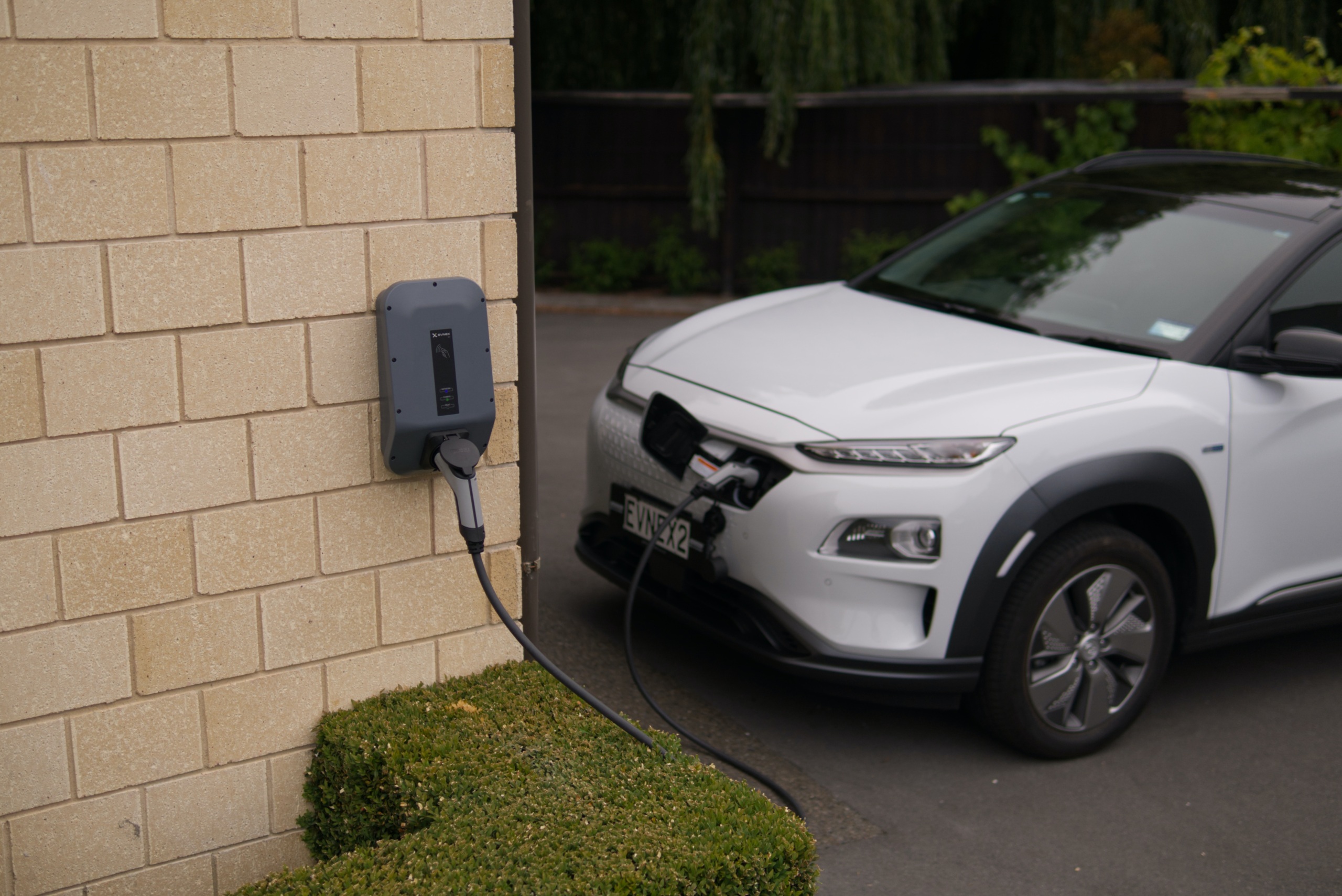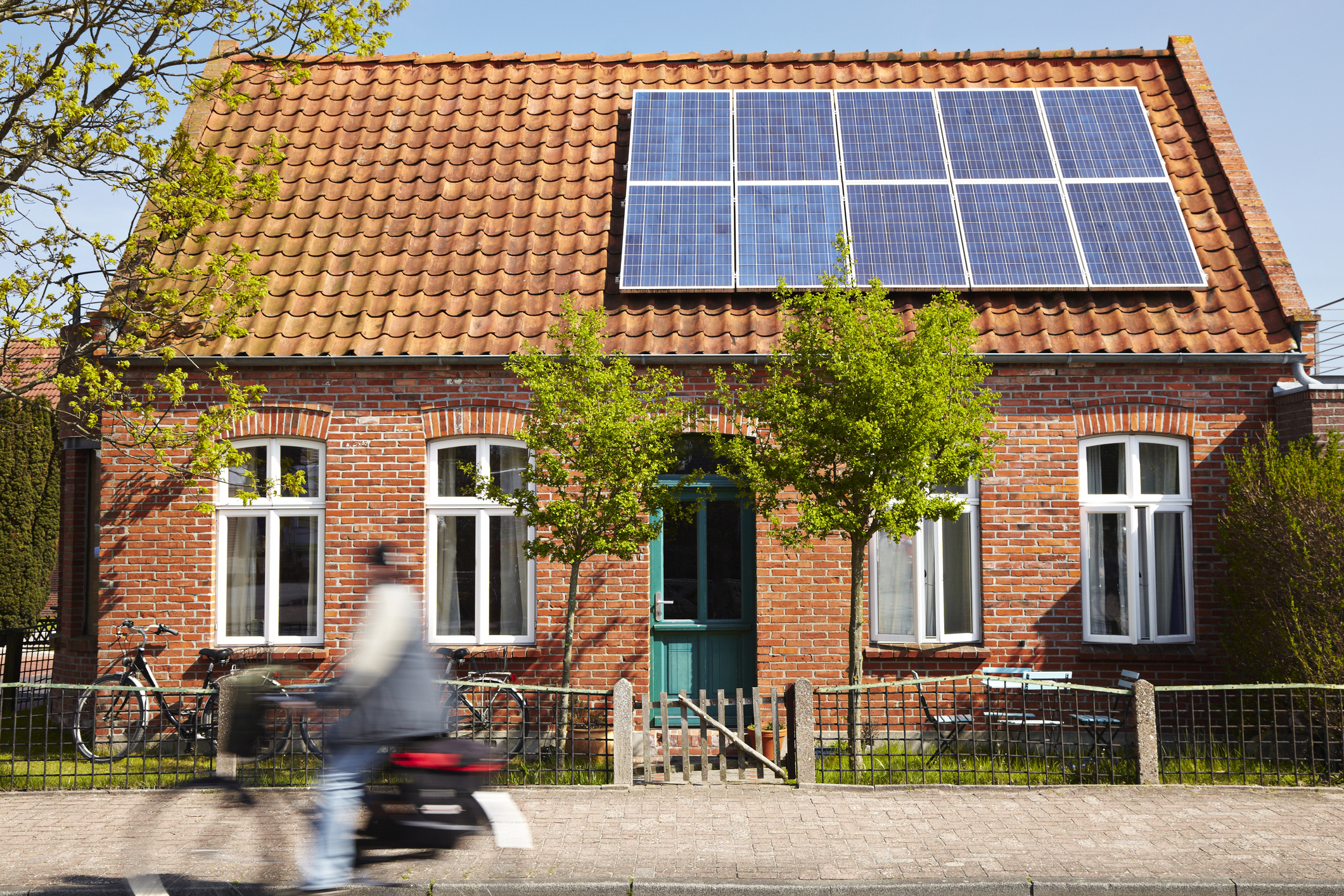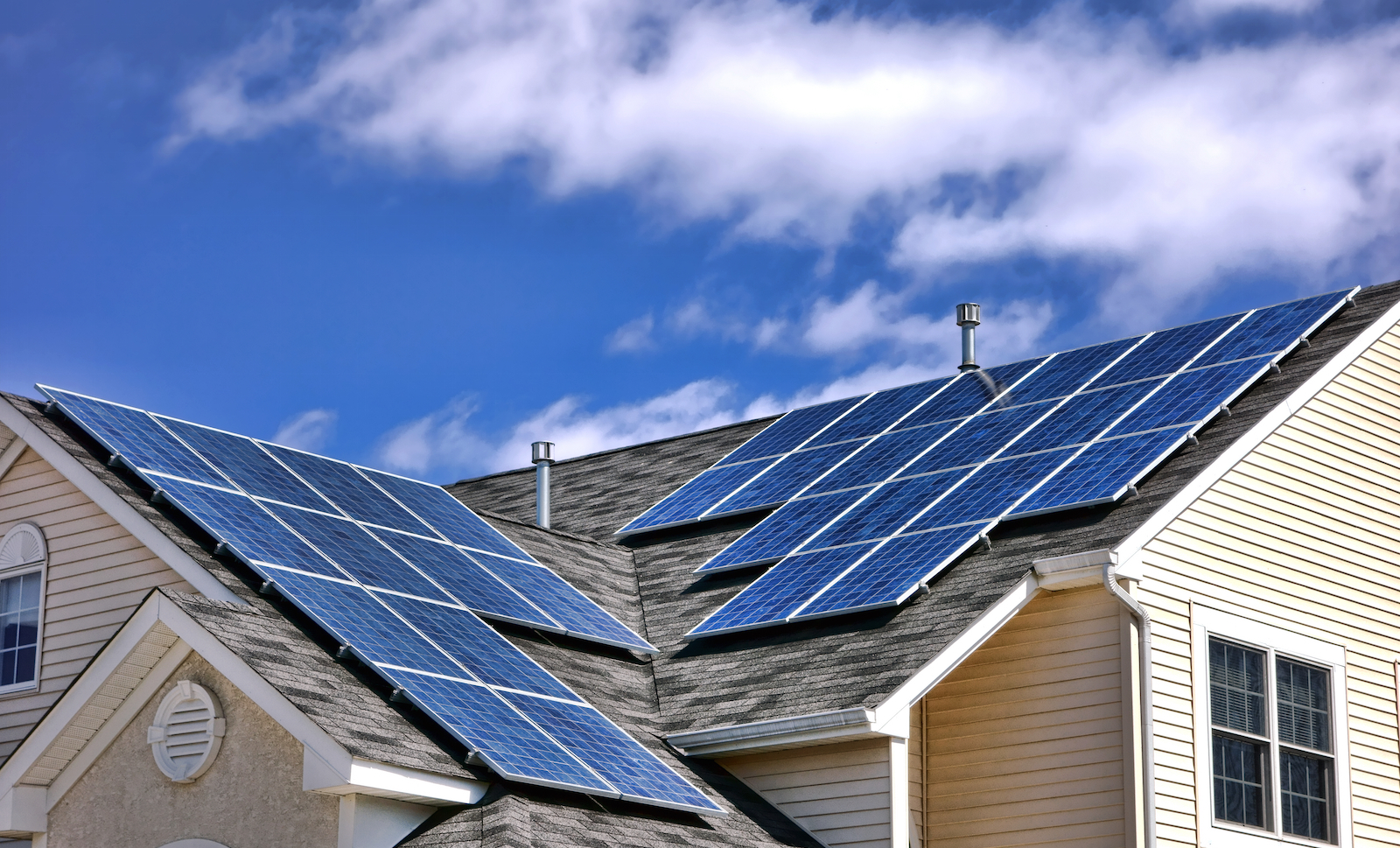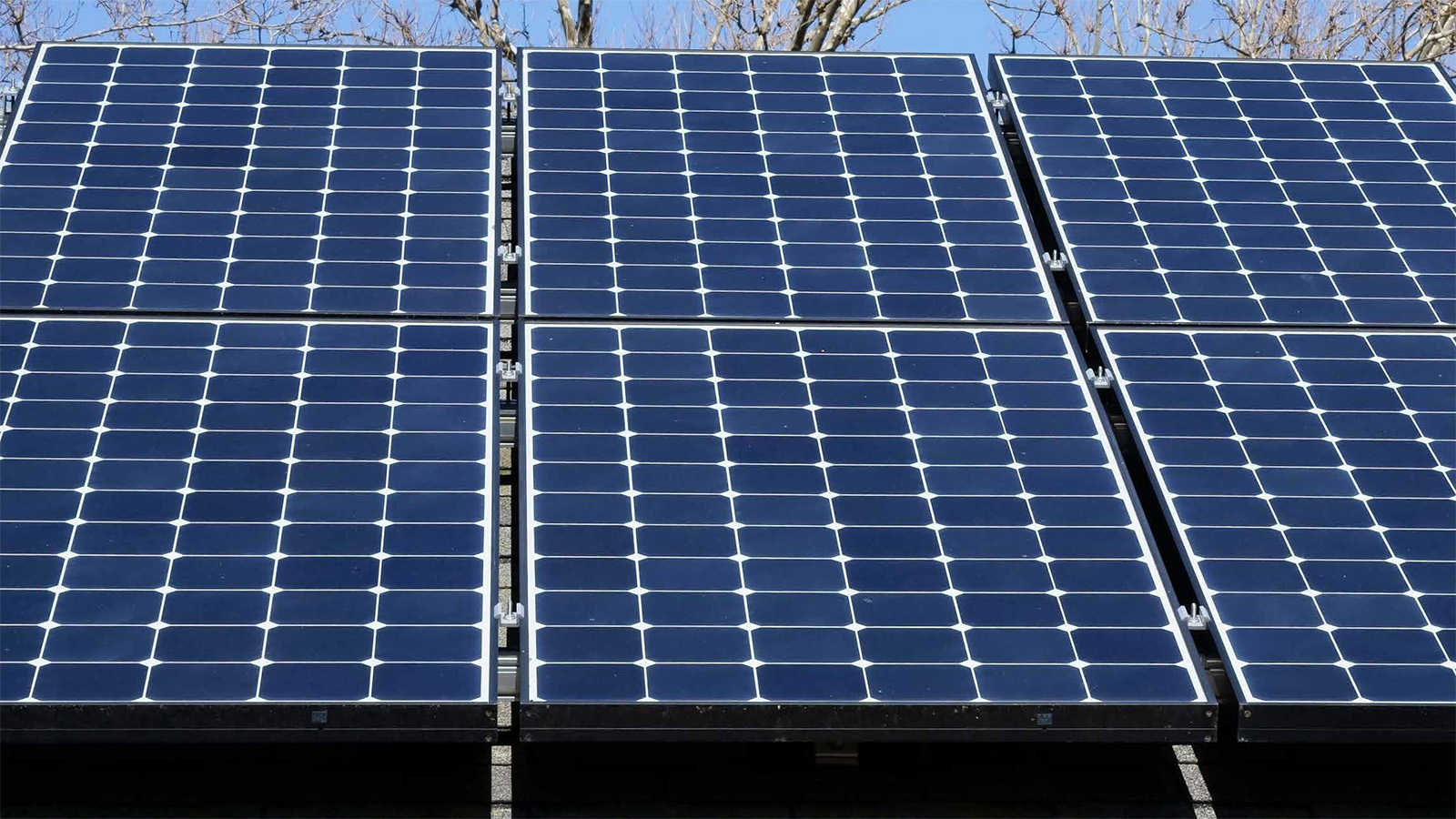
Environment America Research & Policy Center comments on New York’s proposed stretch energy code
Requiring new buildings to be all-electric with rooftop solar and energy storage will help the state reach its clean energy goals.

The following comments were submitted to the New York State Energy Research & Development Authority (NYSERDA) on behalf of Environment America Research & Policy Center.
Thank you for the opportunity to provide comments on New York’s NYStretch 2023 proposal. I am writing on behalf of Environment New York, the statewide environmental advocacy organization. We work to protect clean air, clean water, and open spaces, together with our thousands of citizen members and supporters.
New York is a leader in the transition to 100% renewable energy and the NYStretch code is an important part of the state’s continuing leadership and ability to reach its clean energy goals. Buildings and electricity made up 32% and 13% of greenhouse gas emissions, respectively, in New York in 2019. By requiring highly efficient, all-electric homes and buildings powered by rooftop solar in the NYStretch code, the state can reduce two major sources of global warming pollution.
New York has set ambitious climate and clean energy goals including reaching 70% renewable energy by 2030 and 100% zero-emission electricity by 2040. It’s critical that new homes and commercial buildings in New York be built with these goals in mind to prevent greenhouse gas emissions and more expensive retrofits in the future. Requiring new buildings to be all-electric with rooftop solar and energy storage will help the state reach its clean energy goals.
Environment America Research & Policy Center offers the following feedback on the NYStretch 2023 code proposal:
NYStretch Code should require all new homes and buildings to be all-electric.
According to a study from the National Renewable Energy Laboratory, New York has the highest potential emissions reductions of any state in the U.S. if a vast majority of its residential and commercial buildings are electrified by 2050. If the state doesn’t require all new homes and buildings to be all-electric, each new home and building that is built with fossil fuels today will need to be retrofitted to run on all electricity in the future. This will only make the path to reaching the state’s climate and clean energy goals more difficult and considerably more expensive.
We need to stop burning fossil fuels in our homes for heating, clothes drying, and cooking to tackle climate change and protect public health. Burning dangerous fossil fuels inside of our homes contributes to harmful air pollution. In the case of gas stoves, they leak harmful pollutants into the air of our homes even when the burners are not on.
All-electric homes also make sense for consumers. A study from the Rocky Mountain Institute shows that in New York City, all-electric homes are more affordable to construct and save consumers money on their utility bills compared to a mixed-fuel home. Consumers can save even more on their utility bills when all-electric homes are powered by rooftop solar.
Requiring that all new homes in the NYStretch 2023 code be all-electric is the best option for the climate and consumers.
Rooftop solar should be a requirement for all new buildings.
We applaud NYSERDA for proposing that all new residential and commercial buildings have on-site renewable energy and urge that this requirement be included in the final version of the NYStretch 2023 code. If homes and buildings are going to be all-electric, they should be powered by on-site renewable energy.
Rooftop solar is a uniquely beneficial energy technology. It reduces conflicts between land preservation and renewable energy production, it reduces the need for expensive long-distance transmission infrastructure, and it helps build a more resilient electricity system against climate-related disasters, particularly when paired with battery storage.
According to a report from Local Solar for All, the most affordable way for New York to reach its climate and clean energy goals is to greatly expand rooftop solar and battery storage, even beyond the state’s current goals. The report found that exceeding Gov. Hochul’s goal of 10 gigawatts (GW) of distributed solar could save New York $28 billion by 2050.
Consumers who have solar on their rooftop can also see big savings. According to EnergySage, the estimated 20-year savings for homeowners with a 6-kilowatt (kW) rooftop solar system in New York is over $25,000. These savings could be even higher with the passage of the Inflation Reduction Act which increased the solar Investment Tax Credit to 30% for the next 10 years. Additionally, installing rooftop solar during construction can be more cost effective than adding solar to a home or building later on.
Every new home and building built without rooftop solar is a missed opportunity to generate renewable energy today.
Energy storage should be encouraged in new homes and buildings.
Pairing energy storage with rooftop solar will be an important part of reaching New York’s clean energy goals and creating a more resilient electric grid. During unexpected power emergencies, solar paired with battery storage can help families keep the lights on. Additionally, during increasingly hot summers that are straining our electric grids, solar paired with storage can help provide critical electricity to the broader grid – benefiting all New Yorkers – through demand response programs.
New York needs more homes to have solar paired with battery storage to reach its climate and clean energy goals and create the resilient electric grid of the future. Ensuring that as many new homes and buildings include energy storage through the NYStretch code will be a critical step forward.
We are encouraged by the amendments proposed by NYSERDA to require solar on all new homes and buildings and believe that the NYStretch 2023 code can be further improved by also requiring that new homes be all-electric and are encouraged to have energy storage.
Thank you for your consideration of these comments on the NYStretch 2023 code.
Topics
Find Out More


Solar panels: How federal tax credits can help you pay for them

Recording of Rooftop Solar on the Rise webinar


